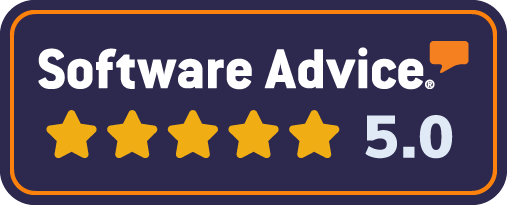At Emplibot, we’re witnessing a seismic shift in the digital marketing landscape. The rise of AI-powered search engines has introduced a new player: Generative Engine Optimization (GEO).
As marketers grapple with this emerging field, many are left wondering about the key differences between GEO vs. SEO. This post will explore their current similarities, highlight crucial distinctions, and discuss future trends that could reshape our optimization strategies.
Contents
ToggleWhat Are SEO and GEO?
Defining SEO
Search Engine Optimization (SEO) stands as a cornerstone of digital marketing. This practice optimizes web content to achieve higher rankings in search engine results pages (SERPs). SEO professionals focus on factors such as keyword usage, backlinks, and site structure to improve visibility on platforms like Google and Bing.
Understanding GEO
Generative Engine Optimization (GEO) represents a newer concept in the digital landscape. It involves the optimization of content for AI-powered search tools (e.g., ChatGPT or Google’s AI-driven features). GEO aims to make content more digestible and relevant for these AI systems, which often provide direct answers instead of just links.
Current Similarities
Despite their different focuses, SEO and GEO share many similarities in practice. Both prioritize:
- High-quality, relevant content that addresses user intent
- Clear structure and proper formatting
- Authoritative information
Key Optimization Techniques
For both SEO and GEO, marketers should focus on:
- Creating in-depth, well-researched content
- Using clear headings and subheadings
- Incorporating relevant keywords naturally
- Providing accurate, up-to-date information
- Optimizing for mobile devices
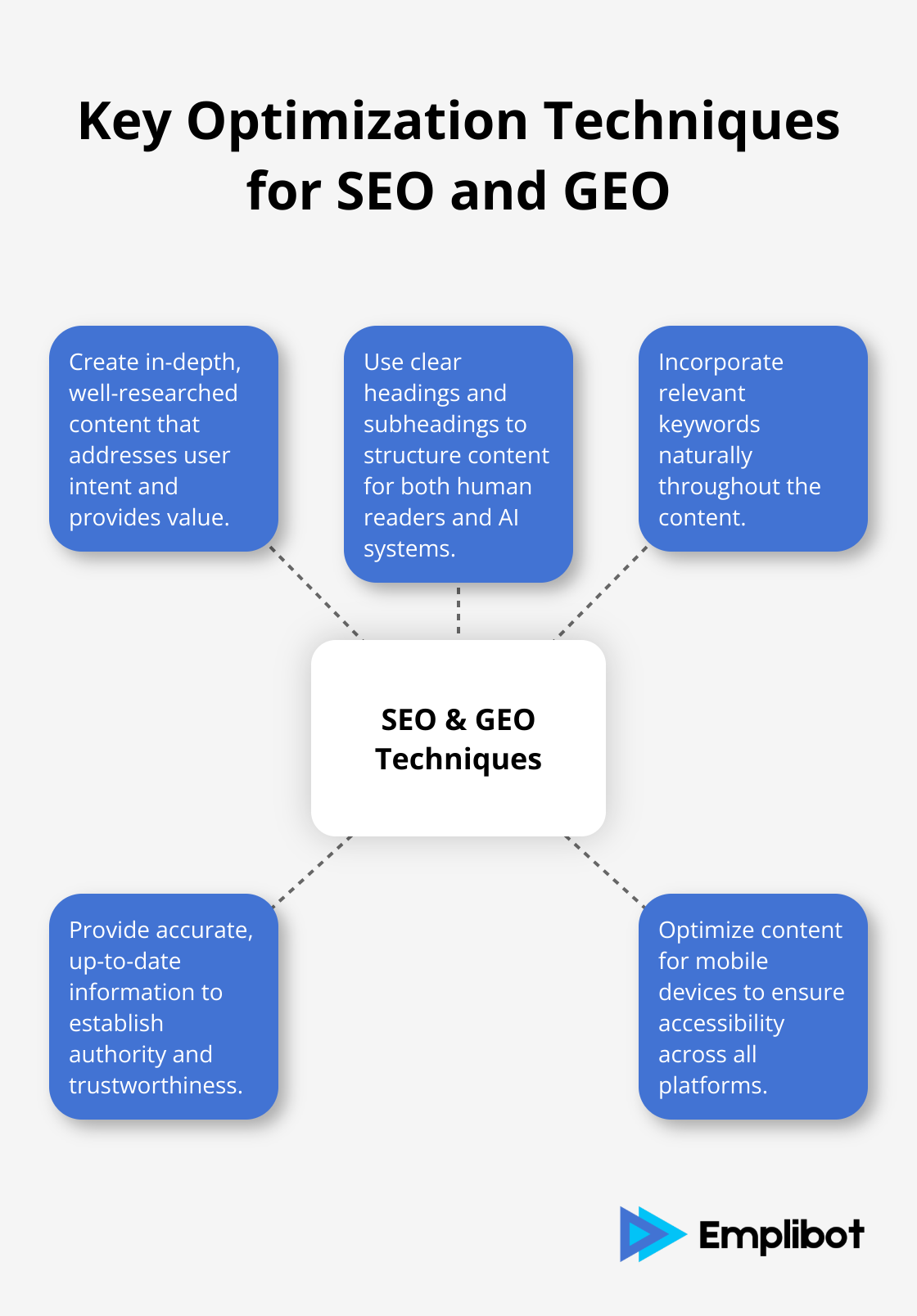
The Role of AI Tools
High-quality AI tools play a significant role in both SEO and GEO strategies. These tools can help businesses create optimized content that performs well in both traditional search engines and AI-powered platforms. By leveraging such tools, marketers can ensure their content meets the requirements of both SEO and GEO simultaneously.
Future Trends
While SEO and GEO currently align in many ways, they may diverge further as AI technology evolves. GEO might place more emphasis on structured data and context, while SEO could continue to focus on traditional ranking factors. However, the core principle of providing valuable, user-focused content will likely remain central to both strategies.
As we move forward, it’s important to understand the key differences between SEO and GEO to develop effective strategies for each. Let’s explore these distinctions in more detail.
How SEO and GEO Differ in Practice
Traffic Patterns and User Experience
SEO and GEO diverge significantly in their impact on traffic patterns and user experience. SEO focuses on driving users to specific websites. When users click on search results, they land on web pages. GEO, however, often provides immediate answers within the AI interface. This shift affects user behavior and engagement metrics.
A SEMrush study revealed that 49% of Google searches now result in no-click searches, where users obtain answers directly from the search results page. This trend intensifies in AI-powered search, as users frequently receive comprehensive answers without visiting external websites.
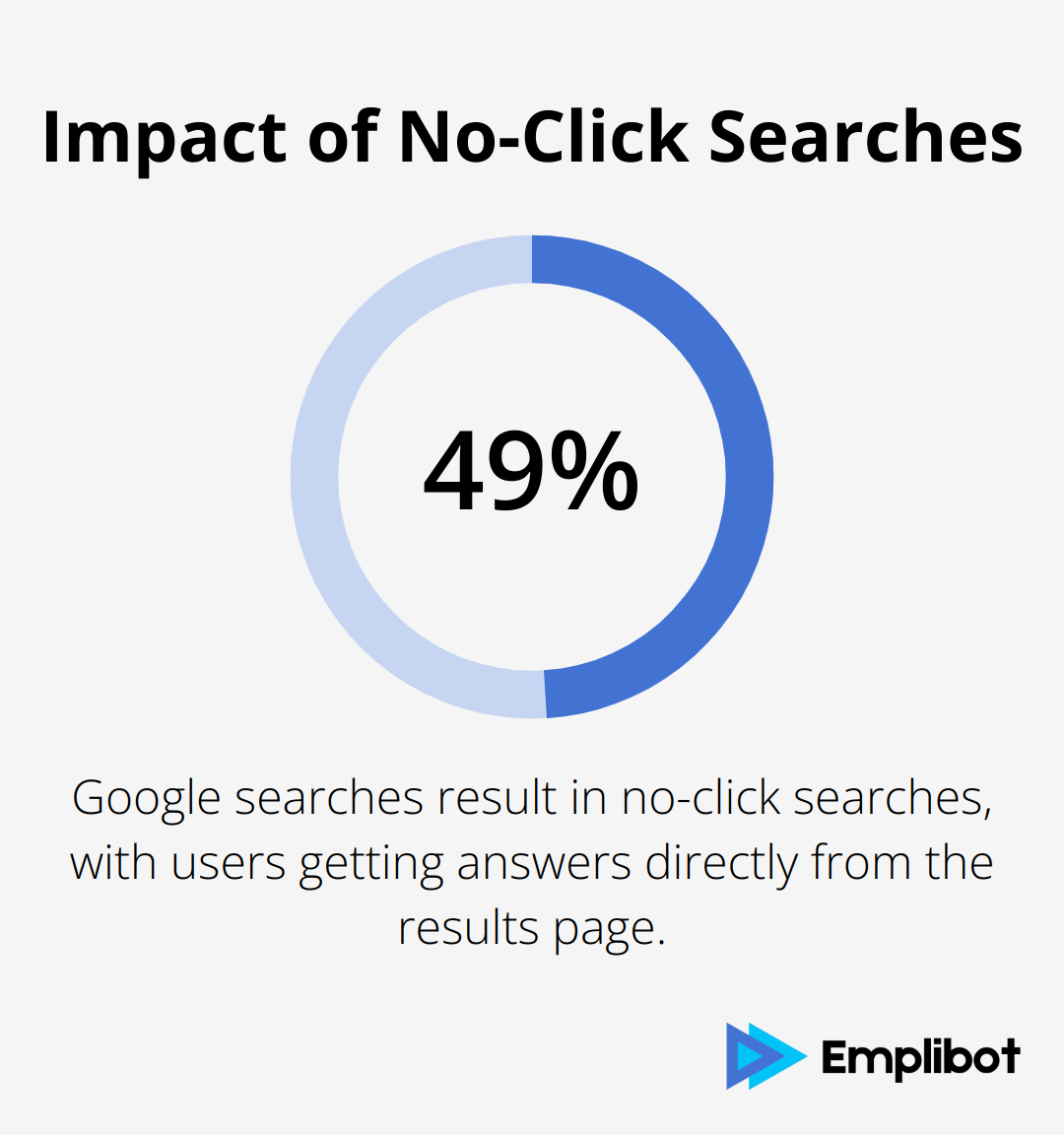
Content Structure and Presentation
Traditional SEO optimizes web pages with HTML structure, meta tags, and keyword placement. GEO demands a different approach. AI platforms prefer content structured in a more conversational, question-answer format.
According to HubSpot’s State of Marketing Report, the top three AI use cases among marketers are content creation (43.04%), research (34.18%), and brainstorming (26%). This shift underscores the growing importance of AI in content optimization.
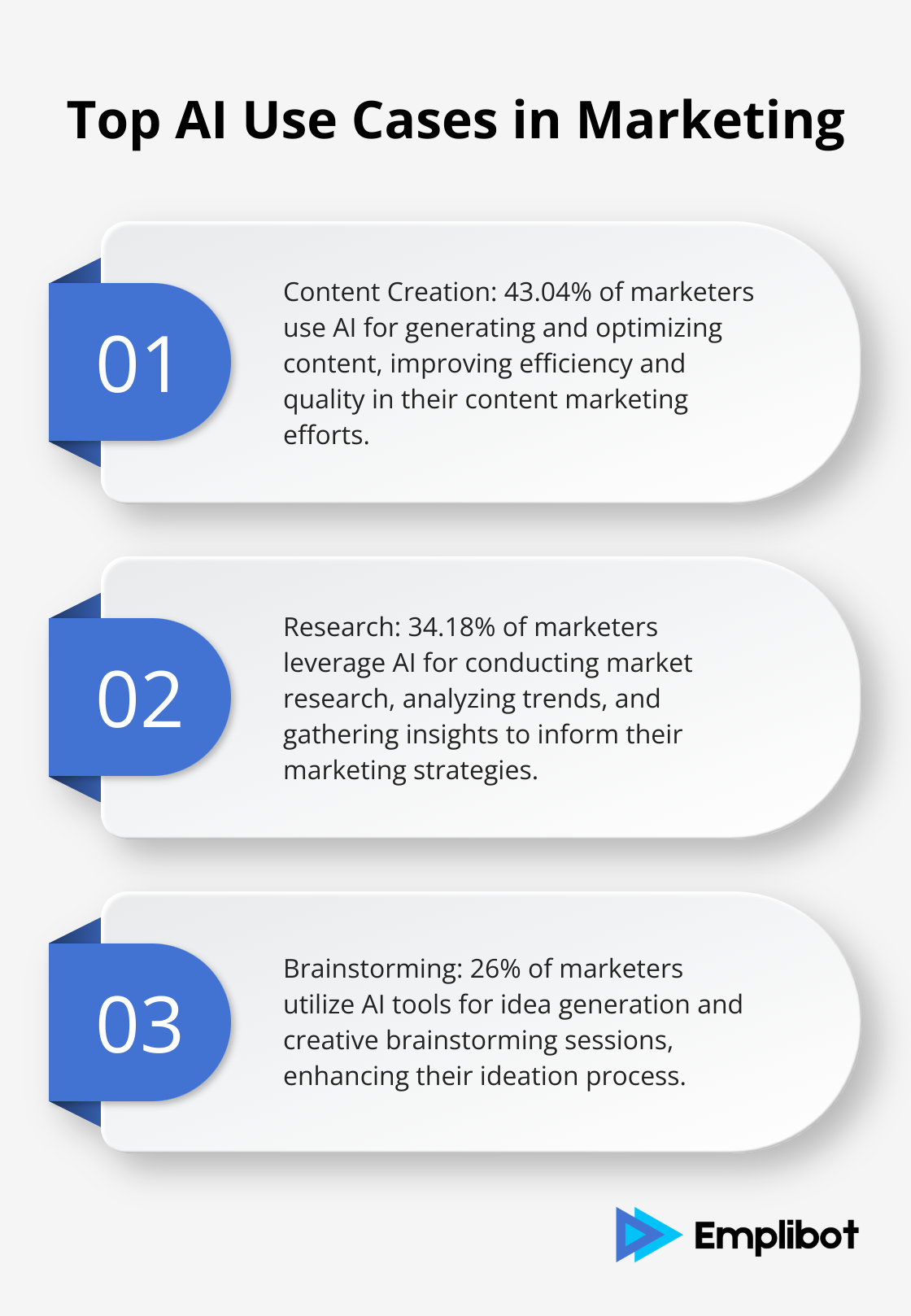
Ranking Factors and Algorithms
SEO relies on established ranking factors such as backlinks, page speed, and domain authority. GEO introduces new considerations, including the clarity and conciseness of information, the use of structured data, and the overall authoritativeness of the content.
An Ahrefs analysis showed that top-ranking pages for AI-generated answers often have high domain ratings and numerous referring domains. This indicates that traditional SEO metrics still influence GEO (albeit in different ways).
Understanding User Intent
Both SEO and GEO try to satisfy user intent, but they approach it differently. SEO often relies on keyword matching and topic relevance. GEO attempts to understand the context and nuances of user queries.
BrightEdge reports that 50% of search queries now consist of four words or more. This trend reflects the shift towards more conversational and context-rich searches, aligning well with AI-powered search platforms’ capabilities.
As we look to the future, it’s clear that the digital landscape will continue to evolve. The next section explores emerging trends and potential divergences between SEO and GEO, helping marketers prepare for what’s to come.
What’s Next for SEO and GEO?
AI’s Growing Influence on Search
AI language models continue to advance, surpassing simple text generation. These models now understand context, sentiment, and subtle language nuances. This evolution reshapes user interactions with search engines and content optimization strategies.
The Rise of Voice and Visual Search
User search behaviors change dramatically. Voice search popularity increases, pushing both SEO and GEO strategies to adapt.
Visual search emerges as another trend. This surge in visual queries prompts marketers to optimize images and visual content for traditional search engines and AI-powered visual recognition systems.
Specialized Optimization Techniques
SEO and GEO evolution leads to specialized optimization techniques. SEO focuses more on user experience signals, with Google’s Core Web Vitals playing a crucial role in rankings. GEO shifts towards structured data and context-rich content.
Natural language processing (NLP) techniques optimize content for AI understanding.
The Role of AI Tools in Optimization
High-quality AI tools play a significant role in both SEO and GEO strategies. These tools help businesses create optimized content that performs well in traditional search engines and AI-powered platforms. By leveraging such tools, marketers ensure their content meets the requirements of both SEO and GEO simultaneously.
Future Trends and Potential Divergence
While SEO and GEO currently align in many ways, they may diverge further as AI technology evolves. GEO might emphasize structured data and context more, while SEO could continue to focus on traditional ranking factors. However, the core principle of providing valuable, user-focused content will likely remain central to both strategies.
Final Thoughts
GEO vs. SEO share many similarities in their current state. Both prioritize high-quality content, clear structure, and authoritative information. However, key differences emerge in traffic patterns, content presentation, and user intent interpretation.
The future of digital marketing will see continued evolution of SEO and GEO. AI technology advancements may lead to further divergence in optimization techniques. Marketers must adapt to this changing landscape to maintain a competitive edge.
Emplibot offers a powerful solution for businesses to optimize content for search engines and AI platforms. It automates content creation, SEO optimization, and distribution across various platforms. This helps businesses increase their online visibility and engagement in an increasingly AI-driven digital landscape.


![Google Business Profile Optimization [Local SEO]](https://wp.emplibot.com/wp-content/uploads/emplibot/google-business-profile-optimization-hero-1756624038-768x456.jpeg)
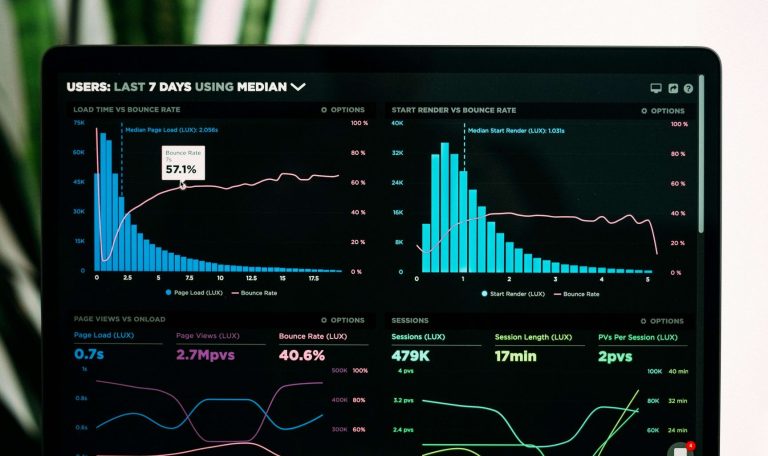


![SEO Content Creation [Tips and Techniques]](https://wp.emplibot.com/wp-content/uploads/emplibot/seo-content-creation-hero-1756278494-768x456.jpeg)



